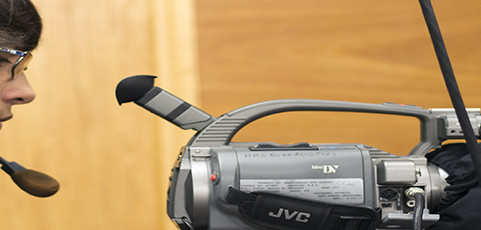Student journalists make ethical decisions daily, whether in advertising, design, information gathering or reporting. It is essential and ongoing.
A number of excellent resources exist for helping students, their advisers and those in their communities make those decisions. Administrators help students and their advisers with this task through positive reinforcement of journalism activities. One point is important to note: Ethics are only guidelines. They do not represent standards for punishment or discipline.
Administrators should follow two basic practices with student media:







